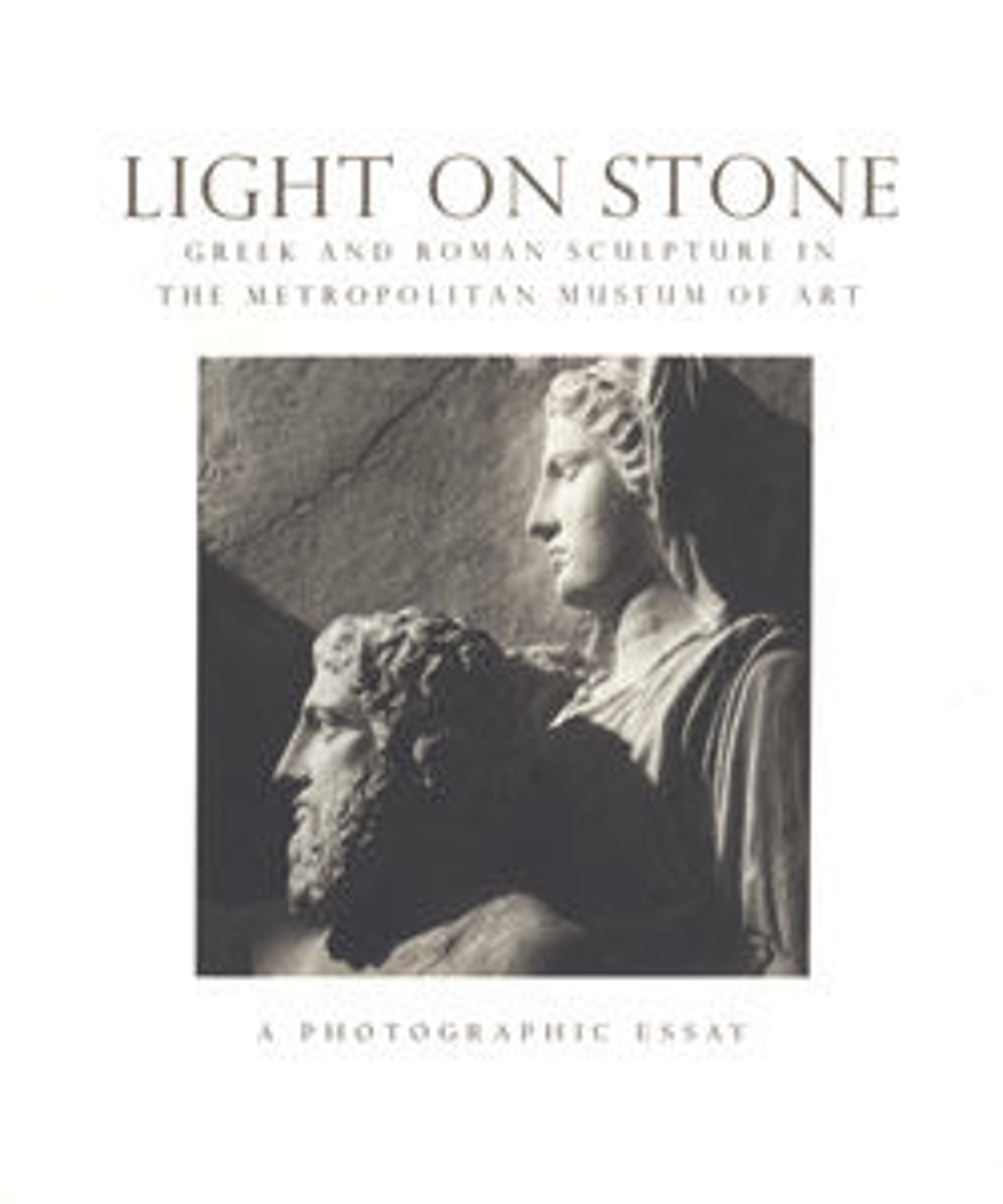Marble head from a herm
Copy of a Greek marble herm of ca. 450–425 B.C.
The messenger god Hermes was closely associated with boundaries, and his protective image in the form of a bearded head set on a rectangular stone shaft was placed at doorways and at strategic points along the roadside. This beautiful head gives a sense of the serene grandeur that marked images of Zeus during the high classical period. The most famous of these was the gigantic gold and ivory statue of Zeus at Olympia, made by Phidias.
The messenger god Hermes was closely associated with boundaries, and his protective image in the form of a bearded head set on a rectangular stone shaft was placed at doorways and at strategic points along the roadside. This beautiful head gives a sense of the serene grandeur that marked images of Zeus during the high classical period. The most famous of these was the gigantic gold and ivory statue of Zeus at Olympia, made by Phidias.
Artwork Details
- Title: Marble head from a herm
- Period: Imperial
- Date: 1st–2nd century CE
- Culture: Roman
- Medium: Marble
- Dimensions: H. 14 1/2 in. (36.8 cm)
length 8 1/4 in. (21 cm) - Classification: Stone Sculpture
- Credit Line: Rogers Fund, 1913
- Object Number: 13.231.2
- Curatorial Department: Greek and Roman Art
More Artwork
Research Resources
The Met provides unparalleled resources for research and welcomes an international community of students and scholars. The Met's Open Access API is where creators and researchers can connect to the The Met collection. Open Access data and public domain images are available for unrestricted commercial and noncommercial use without permission or fee.
To request images under copyright and other restrictions, please use this Image Request form.
Feedback
We continue to research and examine historical and cultural context for objects in The Met collection. If you have comments or questions about this object record, please complete and submit this form. The Museum looks forward to receiving your comments.
